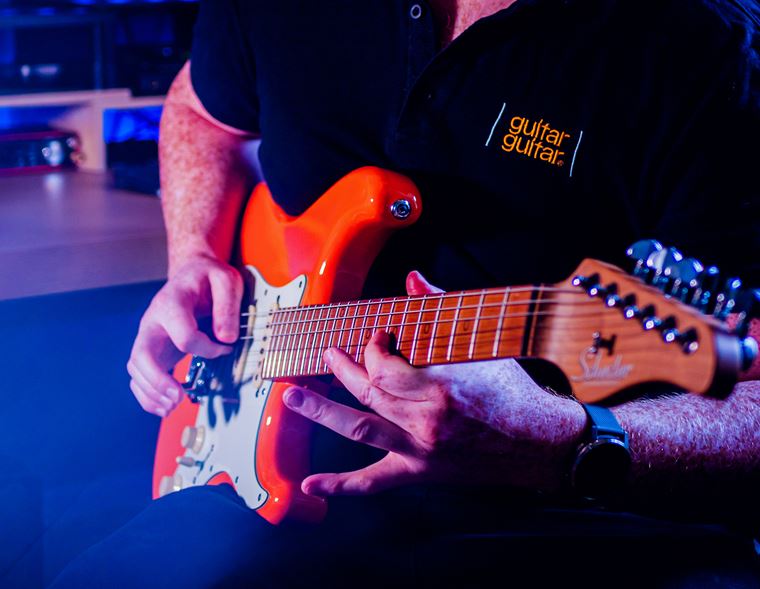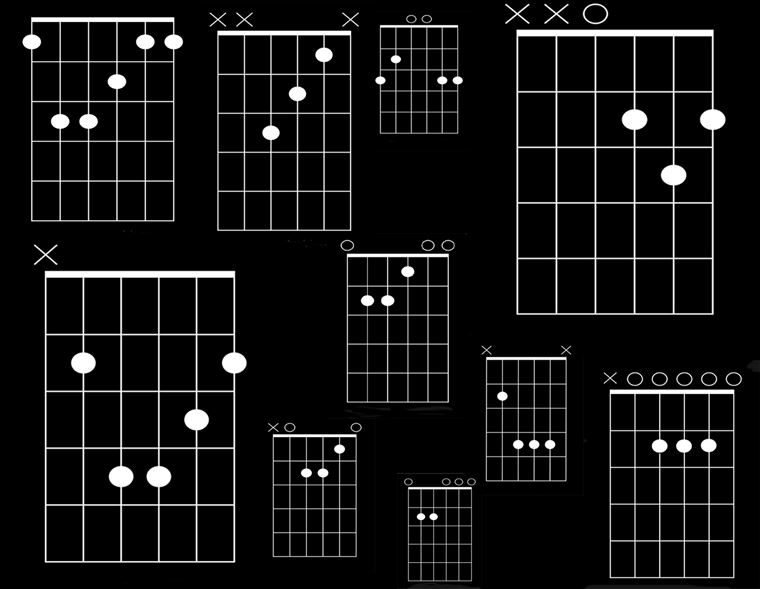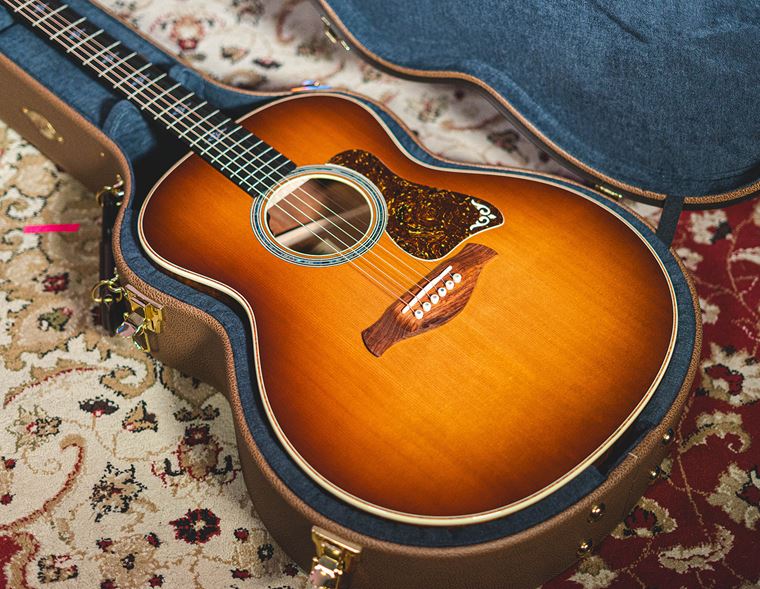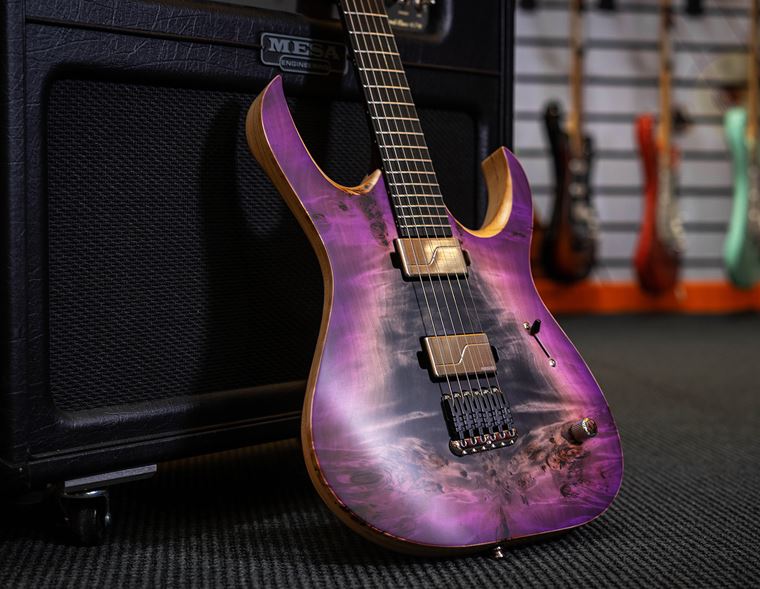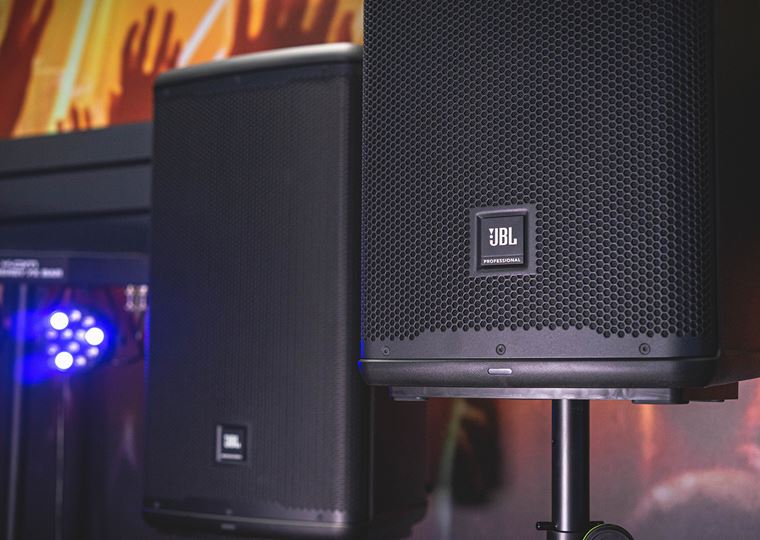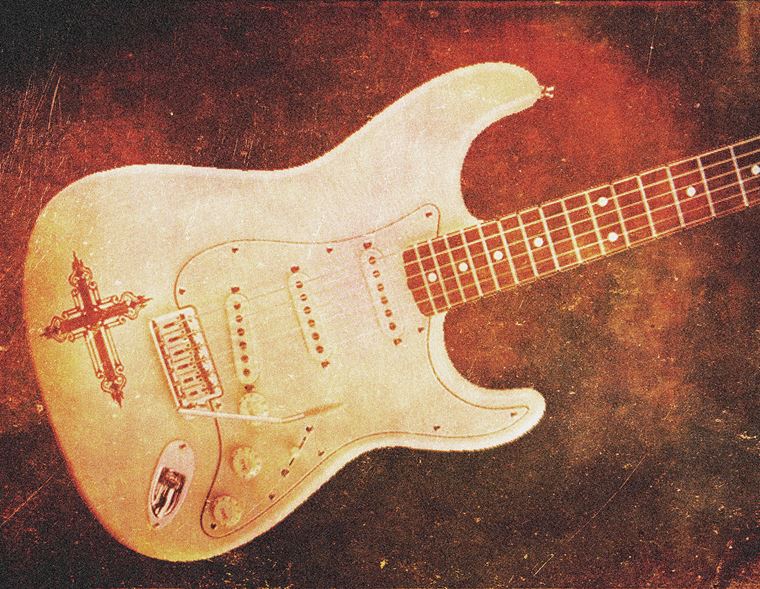10 Guitar Hacks Every Player Should Know
Who doesn’t love a good guitar hack? We all enjoy insightful little tricks that can make our playing lives that much easier and more fun. Are you looking for a few quick and effective tips to improve your guitar playing experience? We’ve got you covered! From playing tips to tone tricks, we’ve assembled a knockout list of guitar hacks that will bump your playing in the correct direction and get you real life gains that you can apply to all of your music!
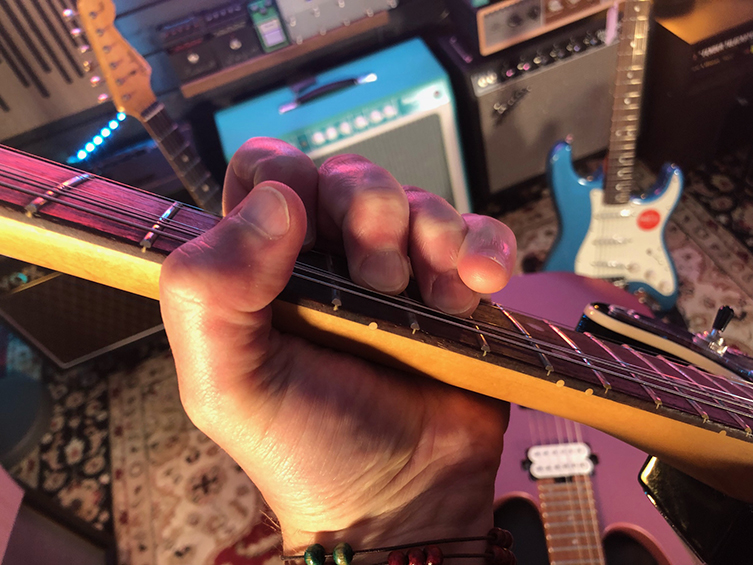
Bending
Let’s begin with string bending. Bending is one of the quickest and easiest ways to spot a newbie or inexperienced player, since a badly executed string bend is a fairly horrific sound to endure. It’s an essential technique for all guitarists, so getting your bends to land in tune is extremely important. We have three hacks to help you:
Hack 1. Play the Note Before you Bend Your Strings
When you are practising, first of all play the note you wish to bend to, so that you hear its pitch before you attempt to bend up to it from the lower note. It’s a good way to train your ear to recognise (and anticipate) pitches, and your fingers’ muscle memory will improve to meet the challenge.
Hack 2. Use Three Fingers to Bend Your Strings
Add some supporting fingers to your bends. How many fingers do you use to bend strings? If the answer is not ‘three’, then it’s time to re-assess! Use your ring finger on the note you wish to bend and then support it with your index and middle fingers. You will not believe the difference.
Hack 3. Bend Your Strings
To bend your strings, push a string either across or over the fingerboard with your fingers so that the string gets tighter and the pitch goes up.
Over-bending is almost always preferable to under-bending. Over-bending sounds like your emotions are going to extremes (which can sound very cool), but under-bending just sounds like you fluffed the note like a total loser. Be strong with your bends!
Vibrato
Good vibrato technique can transform a dull and listless note into a beautiful piece of expression, so it’s worth working on it as much as you can. We can recommend three different types of vibrato to add to your bag of tricks. Unveil them at the appropriate moment to wow your audience significantly…
Classical style vibrato is the most subtle type, and is the technique you’ll see not only with classical guitarists but all orchestral string players.
Hack 4: Move Your Fretting Finger Left and Right
Moving your fretting finger left and right (in the direction of the string travel, really) creates tiny changes in pitch. Do it in time with the music, speed it up, vary it: it’s all part of the fun of expression!
Wide ‘rock’ vibrato is the type of thing you’ll see and hear folk like Zakk Wylde using with amazing effectiveness.
Hack 5: Move Your Fretting Finger Up and Down
If classical vibrato goes ‘left and right’ in line with the strings, rock vibrato instead goes ‘up and down’ or across the fret, if that’s a more helpful description? It’s far more dramatic sounding than classical vibrato, because you are essentially bending the string out of pitch and back! Do this right, though, and it can add a huge amount to certain accent notes.
Circular Vibrato
You could also do what players like Steve Vai do, which is combine both of these types of vibrato into one style!
Hack 6: Move Your Finger in a Circular Motion
Moving your finger in a circular motion gives the note a little of the sideways vibrato and a little of the up & down style, so maybe it’s the best of both worlds? Give it a go and find out!
Timing
If there was one part of guitar playing we wish we could hack into every player’s life, it would be about timing. Everybody knows it’s the most important part of being a musician, but still it gets ignored constantly in favour of more overtly impressive techniques.
So, how to improve your timing?
Hack 7: Play Along to a Metronome Consistently
The easiest way is to play along to a metronome consistently, because then you’ll get a great sense for the ‘pulse’ of a given tempo. Playing along with your favourite tunes is also a great idea, but don’t miss out the metronome: it allows you to really focus when it’s just you and a ‘beep’!
Then, you can develop opinions on whether you want to play ‘on’ the beat, ‘ahead’ of the beat (making your playing sound more urgent) or ‘behind the beat’, which is the goal of many groove-based styles that aspire to be ‘in the pocket’. ‘In the pocket’ is just an expression to refer to that sensation of a band playing particularly well and achieving an excellent, interactive performance. You can play your part by developing your timing and understanding what is needed from you in order to achieve this elusive yet widely recognised ‘in the pocket’ feeling. Get that metronome out and practice: playing to a click isn’t about becoming soulless & mechanical in your playing, it’s about recognising that your timing needs work in order for you to advance.
Tone Hacks
We have two tone hacks for you today! Our second hack is relative to getting awesome high gain sounds, but our first hack is actually a few tips to improve your live sound…
Hack 8: Improve Your Live Sound
When playing in your home (therefore at low volume in a small space), you can pretty much please your own ears when it comes to your sound. Just dial until you’re happy! Live, though, several other factors come into play that will all affect your sound. These include the bigger space, louder volume and the audience themselves (their physical presence will eat up frequencies) so here’s what we recommend in order to sound your best:
Use less gain than you think: after a certain point, gain will work against you and you’ll lose definition. Keep the gain high enough for the sound you want, but hold back on going full-on, and you’ll sound bigger as a result.
Keep your midrange: mids are your main sonic ‘real estate’ as a musician. The high end part of your tone gets robbed by cymbals and the low end gets chewed up by the bass, so mids are where you have a window to be heard. Don’t give it away! Keep mid frequencies in your sound, even if it sounds less than stellar when the guitar is played on its own: when the rest of the band join in, you’ll notice how well your guitar sits in the overall melange.
Leave the reverb: this could be quite a controversial one for many players, but from talking to many pro players as well as from our own experience, we’ve found that you will sound both clearer and punchier if you don’t have any reverb on your live sound. The sound engineer will have an easier time mixing you, and you’ll therefore be in the best position to sound good. Reverb is a safety blanket, and you don’t need it! The room you play in will add its own natural reverb too so be brave and ditch the reverb effect! For ambiance, delay pedals will serve you well whilst keeping your signal ‘there’, up front and not washed out.
Hack 9: The Tube Screamer
This next tone hack is one well-used by the harder rockers out there. If you want the most crushingly devastating high gain tone out there, you’re going to need a…Tube Screamer? What, the light-to-medium overdrive pedal used by the likes of Stevie Ray Vaughan? That’s not exactly hardcore, is it?
Well, no but there’s the thing: we aren’t even going to use any of the pedal’s gain! Nope, it’s all coming from the amp. The job of the Tube Screamer is to tighten up the overall tone and bring a certain midrange texture to the sound - this is the secret sauce that separates a very good rock tone from a great one.
To do this, simply connect the Tube Screamer in the usual manner between your guitar and amp. Turn the gain on the pedal all the way off (you should have more than enough coming from your amp if you’re a hard rocker), and both the volume & the tone controls all the way up. That’s it! Just keep it on for all of your distorted sounds and enjoy the magnificent mayhem that ensues!
Hack 10: Intention - the Ultimate Hack
Our final hack is not a technique thing, nor is it a tonal one, and yet we’ve still called it the ultimate hack. What is it?
It’s your intention. It’s what you have in mind when you reach for the guitar. Your intention will dictate every further action and interaction you have with the guitar: what you intend to play, how you set up your guitar, whether you get carried away playing AC/DC riffs instead of writing etc etc. Your intention is everything, really, and so it’s worth being mindful of that when you approach the instrument. What exactly do you want to get out of it on this occasion?
Hey, there’s nowt wrong with hammering through endless Acka-Dacka riffs, by the way: it’s a fun and quite necessary (we reckon at least) part of any well-rounded player, to just have a blast firing through well-known riffs. It’s a joy! But there is a picture game afoot, and being mentally aware of that is a real playing hack. In fact, it’s the best one there is. Be mindful of your aims, be specific about them, and bring that intention to every note. If you do that, you’ll be well on your way to becoming a master.







